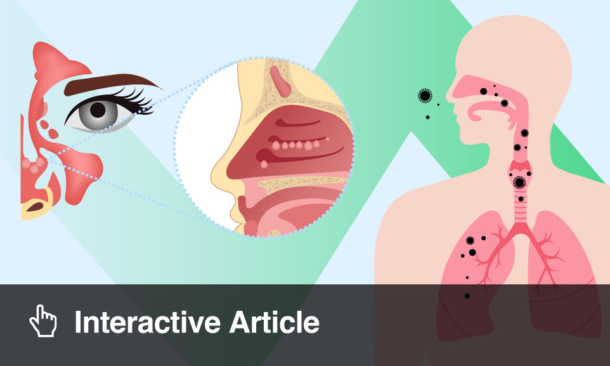ANTIMICROBIAL resistance has been declared a global health crisis by the World Health Organization (WHO), making it imperative to tackle preventable contributors. One such contributor is the widespread mislabelling of penicillin allergies.
Penicillin allergy evaluation (PAE) and the subsequent de-labelling of incorrect allergy labels represent a key strategy in reducing unnecessary broad-spectrum antibiotic use. In Norway, between 3% and 10% of hospital patients report a penicillin allergy, yet studies show that up to 90% of these labels are inaccurate. Mislabelled patients face longer hospital stays, higher treatment costs, and increased risk of antimicrobial resistance.
Adapting penicillin allergy evaluation for everyday practice
Traditionally, PAE has relied on allergologist-led assessments, including skin testing and serum IgE measurements, followed by drug provocation testing. However, the limited availability of allergologists in Norway has restricted access. Recently, risk stratification-based PAE programmes have been introduced, allowing non-specialist clinicians to assess patients using validated tools. Low-risk patients undergo direct oral penicillin challenges, while high-risk patients receive full allergological evaluation. Those who tolerate the challenge are safely de-labelled.
Despite strong evidence supporting risk stratification-based PAE, adoption in routine clinical practice has been slow. A recent Norwegian study highlighted clinicians’ concerns regarding psychological safety, clear guidelines, and organisational support as barriers to implementation. Nevertheless, healthcare providers expressed strong motivation to participate, recognising the method’s potential in combating antimicrobial resistance. Patients who underwent PAE reported positive experiences, and many who initially declined stated they would have participated if better informed.
The Western Norway study protocol
To address these challenges, a multicentre study has been launched across Western Norway hospitals (WNHs). Using the Consolidated Framework for Implementation Research (CFIR) and Expert Recommendations for Implementing Change (ERIC), the study will evaluate implementation outcomes including acceptability, adoption, fidelity, feasibility, penetration, and sustainability. The programme employs a combined stepped wedge and interrupted time series design, with each hospital receiving 12 months of implementation support and 6 months of post-intervention evaluation. Nationwide PAE adoption is anticipated following this study, with follow-up assessments planned to ensure ongoing sustainability of correct penicillin allergy labels.
By integrating PAE into standard hospital practice, this initiative aims to reduce inaccurate allergy labels, lower antibiotic resistance, and improve patient outcomes, contributing to the broader fight against antimicrobial resistance in Norway.
Reference
Alnæs MB et al. Examining implementation of the first risk stratification-based programme for evaluating penicillin allergy labels in Western Norway hospitals: a study protocol. BMJ Open. 2025;15(11):e105425.






